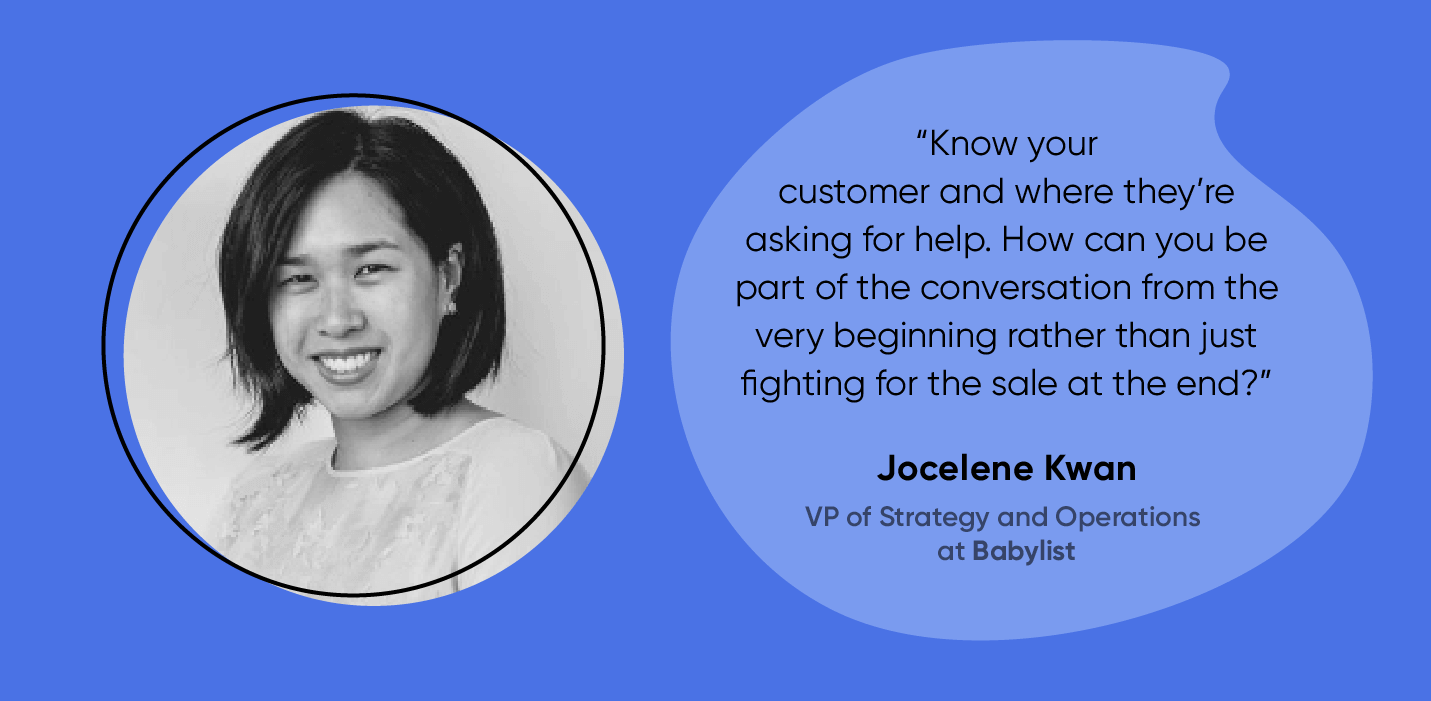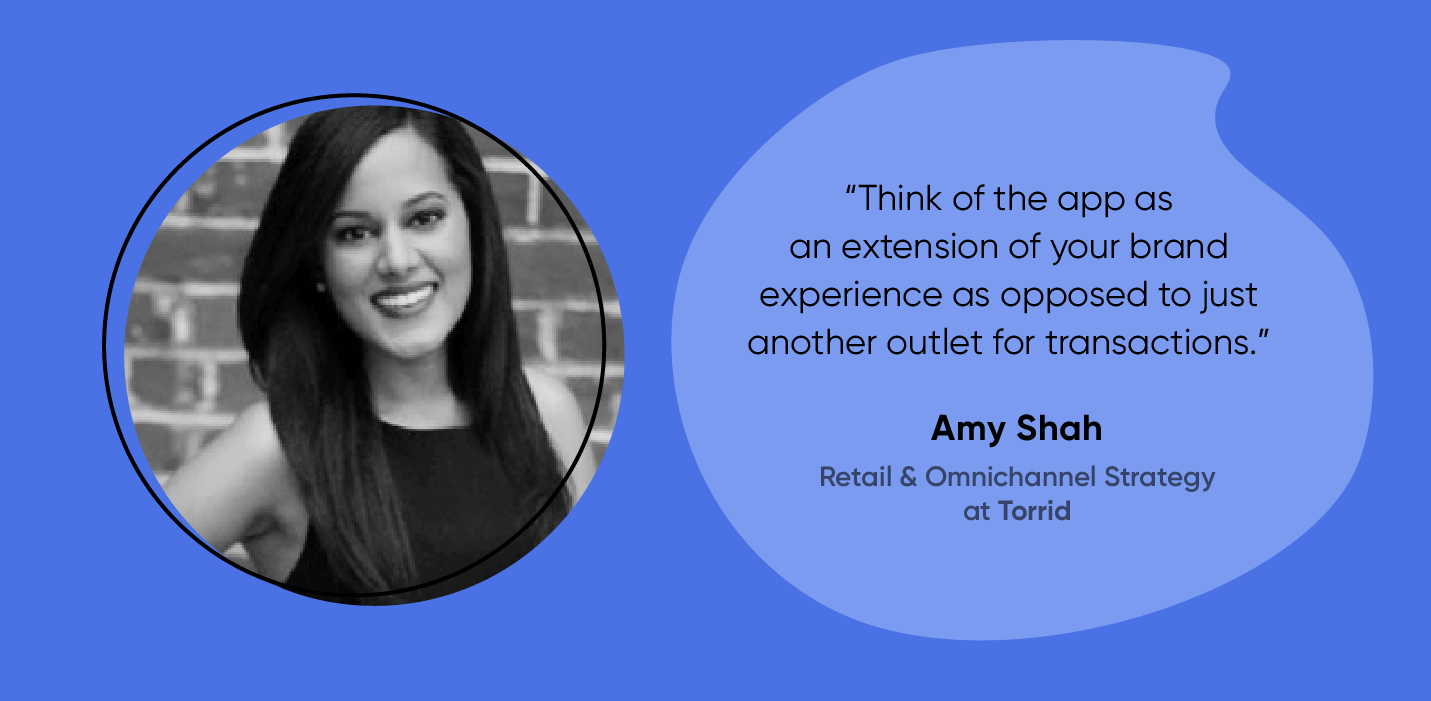The death of retail has been greatly exaggerated. Ecommerce revenues were up more than 30% in 2020,* and the past year has rapidly accelerated retail marketing trends that are here to stay.
Just 5 years ago, product assortment and price transparency were top of mind for customers. Now, new dimensions have emerged as top considerations: customer experience is the top driving factor impacting ecommerce brand loyalty — even beyond price. For retailers, it puts added pressure on the intangibles, including a holistic end-to-end customer experience that’s personalized and seamless across channels.
The strategies ecommerce brands are embracing look very different, too. More retailers are forging emotional connections with customers by distilling the essence of their brand and inviting customers to experience and participate in it. Think Lululemon’s yoga community; Patagonia’s ability to link product and purpose through their Action Works and Worn Wear programs; or Poshmark’s social dimension with Posh Parties.
These are the types of experiences that go beyond better commerce to create lasting customer relationships. This is the “ecommerce experience economy” that forward-thinking retailers are leaning into.
In our latest webinar, we heard from a panel of experts from Babylist, Torrid, and ELOQUII who are at the forefront of this experience economy. Here, we’re sharing their expert advice and key takeaways.
Win Fanatics by Finding Unmet Needs
The biggest upside to retail’s massive shift to ecommerce has been the surge in customer data beyond transactional metrics, giving retailers richer insights and the ability to anticipate customer needs.
Each of the brands on our panel honed in on a specific customer segment (e.g. expecting parents, plus-size fashion lovers) to not only build a customer base, but a community.
For example, ELOQUII understands that its customers are coming to their brand looking for three things: plus-size fashion, reliable quality, and a perfect fit. They proactively work to get ahead of customer needs to earn the level of trust necessary to win repeat purchases, including engaging customers on social channels, providing helpful fit guides, and leaning into chat. In short, catching customers at the exact moments they need guidance throughout the customer journey.
“From there, we’re cultivating as much of a welcoming brand experience as possible. What can we do to create fans on our owned channels? Early access, personalized communications — we try to humanize our brand as much as possible,” says Kelsey Foy, Director of Retention Marketing at ELOQUII.
Similarly, Babylist was able to identify a vital gap in the customer experience. Everyone in their (extremely crowded) space is eager to sell to new parents. It’s easy for consumers to go to Amazon or Target or Walmart and buy their baby stuff, Jocelene Kwan, VP of Strategy and Operations explains. But most expecting parents might not even know what to buy.
“If you’re only engaging me at the point of sale, you’re not actually addressing my need. What I need is unbiased guidance and help understanding what kind of parent I want to be. What do I really need to feel ready? We talk to our customers 5-6 months before they’ll ever make a purchase. They’re expecting, they’re excited, they’re doing a ton of research. That’s where we meet them and where we earn their trust,” she says. 
How can other retailers identify gaps in the customer experience so that they can fulfill them?
Understand your customer’s true need and your brand’s unique point of differentiation. Retailers that can earn customer trust and insert themselves into the decision-making process early on are in a better position to win not just sales, but lasting customer loyalty. The influx of customer data over the past year can help you identify overlooked and underserved segments that already exist within your customer base.
TAKEAWAYS:
- Map out the customer journey to understand how your customers discover, interact with, and purchase from your brand.
- Identify specific points within that journey where you can provide helpful communication and build trust — the earlier the better.
- Build out omnichannel engagement campaigns to offer value to each new customer on the specific channel they prefer: email, push, SMS, etc.
Drive Engagement by Identifying & Owning Key Moments in the Customer Journey
Customer experience is the number one factor driving ecommerce brand loyalty, more important even than price and product selection.* In the “Primeification” of ecommerce, discounts and free shipping have become table stakes. The future of customer loyalty involves thinking lightyears ahead of today’s discount-heavy transactional model.
Amy Shah, Retail & Omnichannel Strategy at Torrid, explains how they reframed their loyalty program to elevate the entire customer experience beyond just purchases. “We used to have a loyalty program that was very transactional: earn points for every dollar you spend and then use them to cash in on future purchases. But we wanted it to be more experiential. Often it’s those other moments of engagement that can really lead to higher CLV — it doesn’t always have to mean a purchase.
For the updated loyalty program, we added being able to earn points for actions that we wanted to incentivize that we know build engagement: things like posting a review with a photo, connecting an Instagram profile, and opening our emails. It’s two-way: we’re incentivizing people to do things that we know boost engagement but also build up the brand overall.
We also have our invitation-only Icon Program, which includes really special early access events and even meetings with our CEO. We rely on that group to give us feedback on trends, which we’re then able to filter down into our overall customer strategy. We’re creating a group of ambassadors that have influence within our community, but also provide us with a direct line of valuable product feedback,” Shah explains.
TAKEAWAYS:
- Reexamine your customer journey map for opportunities to engage and recognize your most loyal customers beyond transactional referral and rewards programs. Ask for their direct feedback, invite them to early product previews, celebrate them on social media — find new ways to encourage them to participate in your brand activities.
Harness Data to Identify High-Value Customers & Deliver on Their Needs
The team at ELOQUII relies heavily on data to understand their audience, identify high-value customers early on, and ensure customer repeat purchase and retention rates are high.
“We anchor ourselves on our 90-day repeat purchase rate. Are the customers that we acquired 90 days ago coming back and purchasing again with us? The second purchase is a real inflection point for us — it’s when we build trust and unlock higher lifetime value,” Foy says. 
She advises marketers to track and compare repeat purchase rates over time, keeping in mind the importance of looking at the macro environment as well. What’s happening either in the world or at your brand that could have impacted a specific cohort in a different way?
For cohorts with lower retention, for example, what was your discount rate in the month that they were acquired? Were they acquired during Black Friday/Cyber Monday with a steep discount that you can’t replicate right now? Did you launch a unicorn style or collection that knocked it out of the park and your customer is waiting for that next really special piece? These are the kinds of questions that customer data can answer and help inform your engagement strategy.
“Once we’ve identified them, we really work to let the customer know that they’re being treated as a VIP. Our best customers are here for our merchandise, so we give them early access to a specific collection or leverage the app to deliver that personalized, VIP experience,” explains Foy.
TAKEAWAYS:
- Create and track user cohorts based on acquisition date and channel. Then monitor and compare cohorts to fine-tune your acquisition and engagement strategies and discover your most and least effective tactics.
- Use RFM Analysis to identify your high-value customers. Then create engagement campaigns that make them feel like valued VIPs: share early or exclusive access to products, send personalized discounts, or offer invites to special events.
Rethink Your Approach to Mobile
Brands that simply think of their mobile app as another point of sale are missing the point. Mobile is a brand builder.
Shah hammers this point home: unless you’re a high-frequency retailer like Starbucks or Target, it’s extremely difficult to earn real estate on your customer’s home screen. Only your most engaged customers are going to go through the process of downloading your app — customers who are shopping with you on a more frequent basis, say every 90 days.
But even these highly-engaged customers are only purchasing an average of 4 times a year. You have to build a mobile app that your customers open more than 4 times a year.
Retailers must think of mobile as more than just another point of sale and instead as an opportunity to deliver the kind of memorable experiences that deepen customer relationships.
How do you give customers a special experience through your app? What are ways you can leverage your app to offer more personalization and ongoing engagement? Think Nike’s coaching and guided workouts, or Sephora’s Beauty Insider program connecting shoppers with beauty experts.
“Our customers are giving us a lot of signals about what they’re interested in and what needs they have coming up. How can we give those mobile insights to our store associates to improve the in-store shopping experience? Retailers must use customer data and analytics to understand the optimal role of different channels throughout the entire customer experience.” says Shah.
TAKEAWAYS:
- Consider the role your mobile app plays in the larger customer experience of your brand. Where do opportunities lie to establish more meaningful connections with your customers? How can your app help your customers relate to and experience your brand values?
Winning Beyond the Sale
According to Foy, Kwan, and Shah, we’ve entered a new era of ecommerce where providing customers with a seamless transaction experience isn’t enough. The best brands think differently to drive authentic connection and community at key points in the customer journey. Data unlocks engagement by uncovering underserved and vulnerable key segments to connect with.
Hear more incredible advice and real-life campaign examples from these ecommerce experts by watching the full webinar on-demand.

Industry Benchmarks for Ecommerce Apps
Shivkumar M 
Head Product Launches, Adoption, & Evangelism.Expert in cross channel marketing strategies & platforms.
Free Customer Engagement Guides
Join our newsletter for actionable tips and proven strategies to grow your business and engage your customers.














































